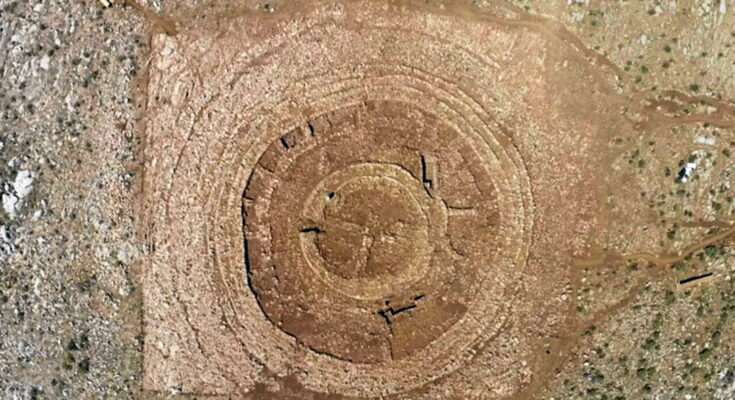Heis “one of the most important archaeological discoveries of the 21st century”, according to Costas Paschalidis, president of the Association of Greek Archaeologists. A mysterious complex was discovered on top of Papoura Hill, in Crete, in June 2024. The discovery occurred by chance, during work on building a radar system for the new international airport of Heraklion, the island’s capital, The Debrief reported on November 4.
The circular structure, 50 meters in diameter, has an area of more than 1,800 square meters. It has eight concentric stone rings, about 1.4 meters thick. The spaces are connected by narrow openings. The complex is considered “almost like a labyrinth” by archaeologists. The labyrinth’s ruins date back to the Minoan era, between 2,000 and 1,700 BC. The colossal monument buried underground could even be cone-shaped.
A unique site that may have inspired the myth
To find
Kangaroo today
Answer
According to experts, this building is unlike any other known building erected in the region in the prehistoric era. Additionally, it may fit with the ancient story of the Minotaur’s mythical labyrinth. Built by Daedalus for King Minos, the site was used to imprison a half-man, half-bull creature. Young people are regularly sent there as victims. One day, the Athenian prince Theseus volunteers. He managed to defeat the monster and then emerged from the maze thanks to the thread offered by Princess Ariane to find his way back.
This discovery intrigued archaeologists who wondered about its use. It was even awarded the highly prestigious “Palmyra” prize, in early November 2025, which honors the best archaeological discovery of 2024. If the site is not the mythical labyrinth of the Minotaur, this discovery could still show how a Minoan-era palace complex inspired the legend.



